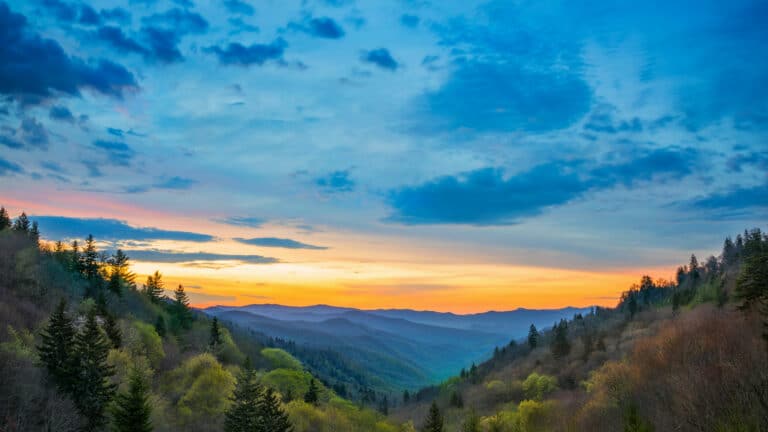This summer I realized there’s something out there in the world I hate more than cauliflower and rush hour traffic-poison ivy. The leaves of three just won’t let me be. Despite never having a reaction in the past, this year I’ve had four outbreaks of blistering rashes, including one on my face. I used to frolic through the woods with carefree grace, but now my trail runs are filled with tip-toeing and wearing knee-high socks. I’ve been so plagued that Calamine is calling me with stock options. Am I just on a run of bad luck, or is poison ivy growth on the rise?
Unfortunately, the latter is true, and poison ivy growth is only going to get worse as we keep polluting the atmosphere with cars and coal-burning smokestacks. Rising amounts of carbon dioxide a greenhouse gas that is considered one of the leading causes of global warming have been proven to dramatically increase the growth of the allergenic plant and help it spread its itchy wrath.
Last year Duke University completed a six-year study that found elevated levels of carbon dioxide increased the growth of poison ivy. Scientists used pipes to pump carbon dioxide into an experimental forest near Chapel Hill, N.C. At carbon dioxide levels expected by the year 2050, poison ivy in the forest grew at a 70 percent higher annual rate than it does today.
The study also showed that high-carbon dioxide plants produce a more potent form of urushiol-the oil agent that causes an allergic skin reaction in 80 percent of people that come in contact with the pesky plant. Urushiol is the plant’s defense mechanism against irritants in the atmosphere.
“Elevated carbon dioxide levels promote the growth of poison ivy,” says Dr.
William Schlesinger, a retired Duke professor who helped lead the study. “The changes that human beings are making in the world’s atmosphere are having some real human health consequences. We need to make a change globally, so we don’t see more cases of extreme dermatitis and emergency room visits.”
Poison ivy is widespread and can grow in many forms: as a vine, ground cover, or upright. It changes colors by season, but it is always able to release urushiol. Widespread in the Southeast, it is one of the most problematic plants in the country-annually causing 350,000 reported cases of some kind of dermatitis.
In the Blue Ridge, it can be often confused with the nonpoisonous Virginia creeper, which has leaves with a similar tear-drop shape but usually has five leaves on a stem.
One common myth is that you can spread the rash to others or other parts of your body once it has surfaced on the skin. It’s only the urushiol oil that can spread and cause more irritation, but it can stick to shoes, pets, and garden tools. Poison ivy is also receptive to light, so areas that have been logged or thinned are likely to see more poison ivy growth.








